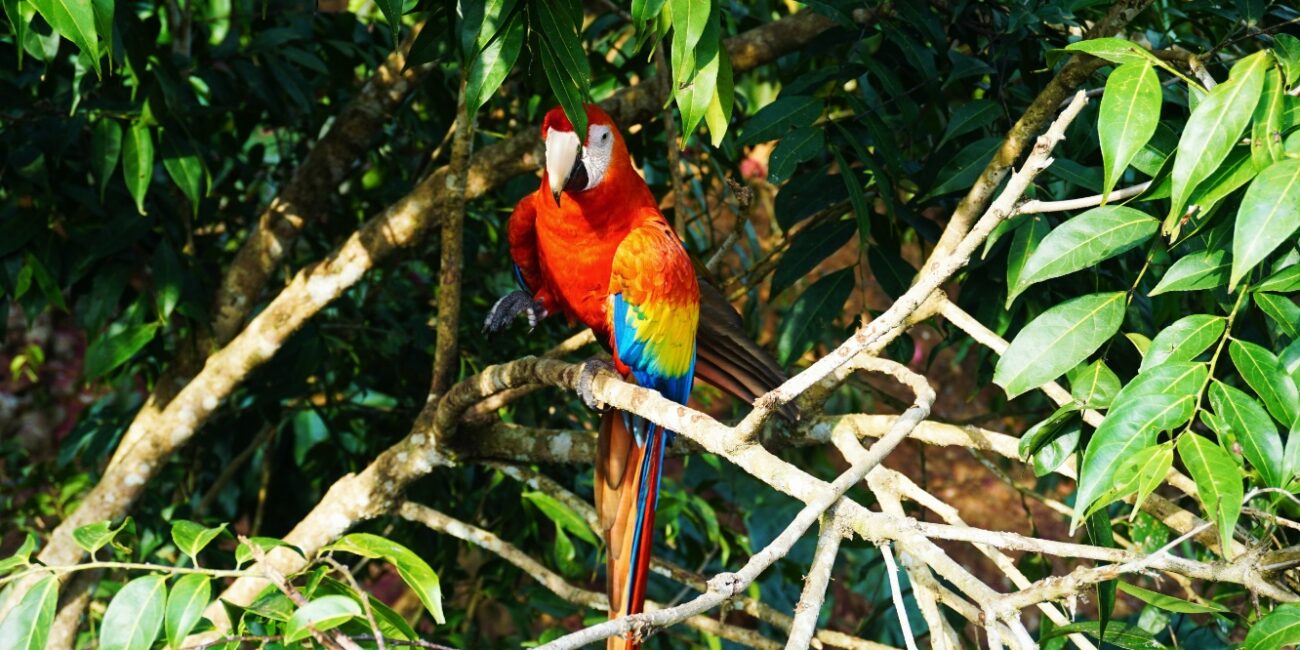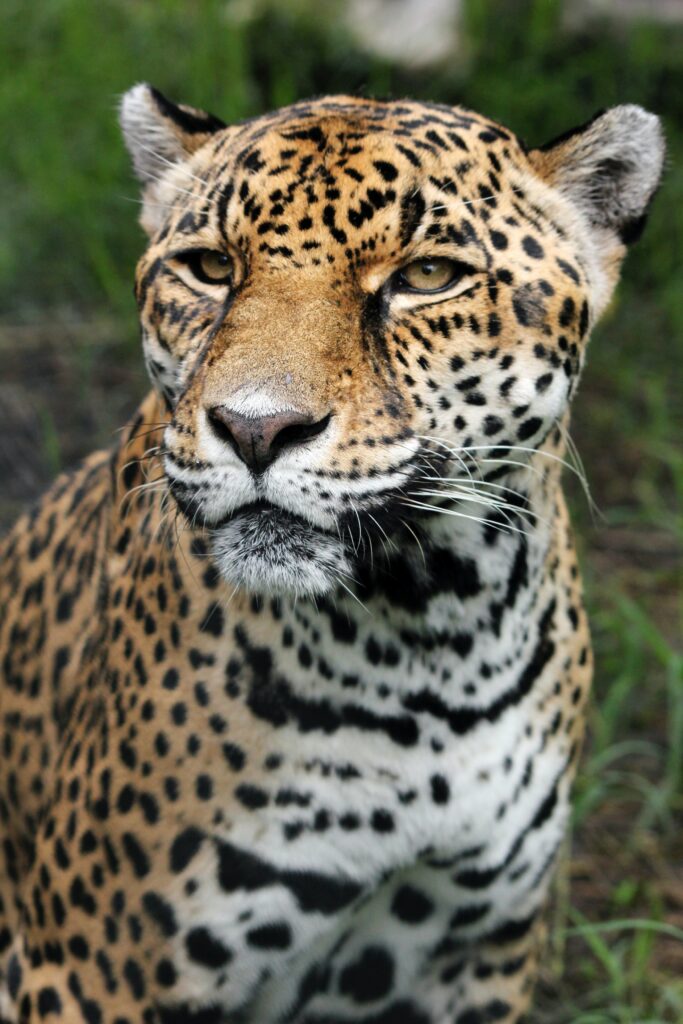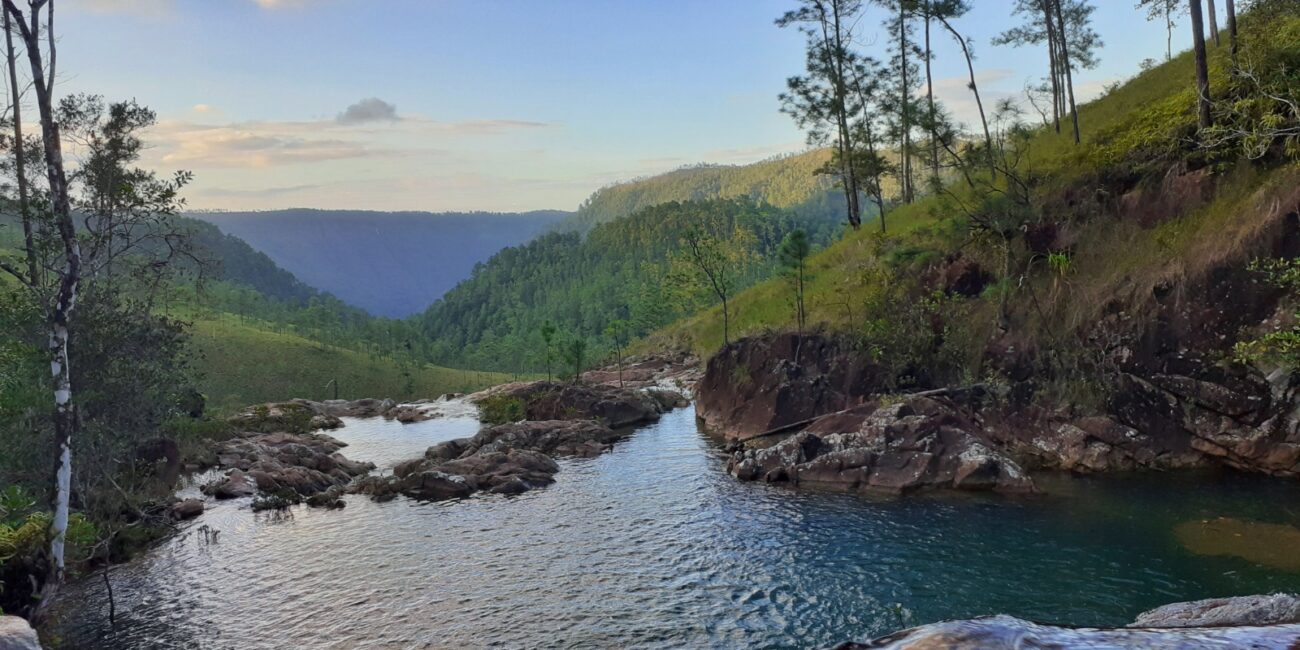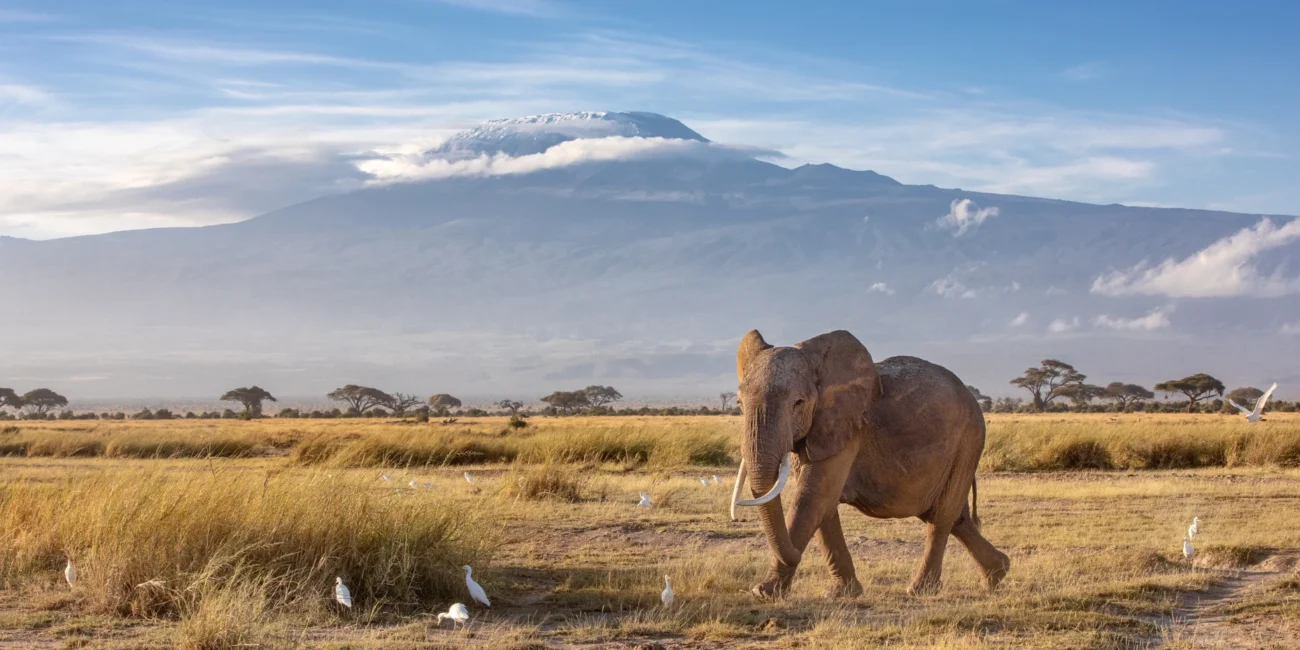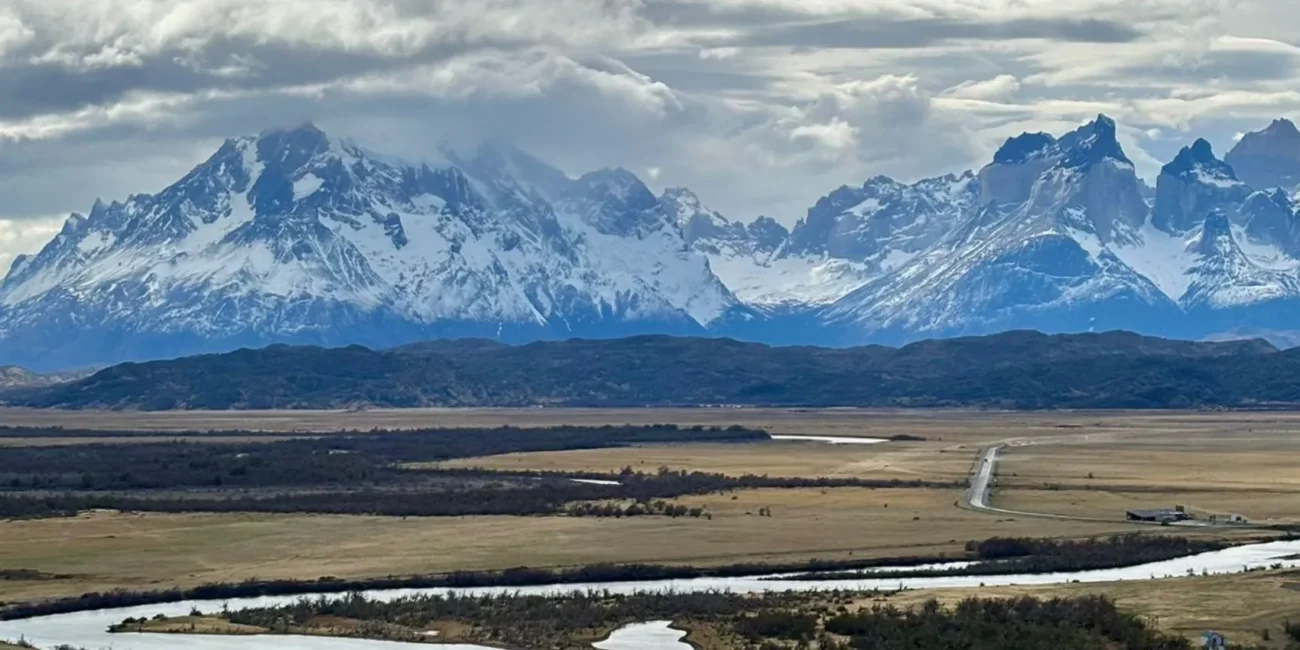The Department of Fish and Wildlife Conservation sits within the College of Natural Resources at Virginia Tech (VT). Their conservation work is highly varied and depends on the expertise of each faculty member. Ahead of our Journey to Belize next year (23rd February – 2nd March 2024), we spoke with Dr. Marcella Kelly, one of the world’s leading jaguar specialists and a Professor at VT, who began working in Belize in the 1990s when she initiated the Ix Jaguar Project using novel remote camera technology.
Now, her practices have become a standard technique and the project is one of the longest running jaguar projects in the world.
During our journey, we will join Dr. Kelly and her team to learn about their invaluable project and how it works alongside the local communities during jungle treks and talks. Find out more below.
You can find out more about the journey here and view the full itinerary below.
What does Virginia Tech’s Jaguar conservation work entail?
The project that began in the 1990s relies upon the collaborative efforts between academics, organisations and communities to learn more about jaguar ecology. This is necessary to more effectively conserve these beautiful animals in a world that is rapidly changing due to habitat loss and fragmentation, climate change, and human pressures.
Have you noticed a growing engagement with your work from local Belizeans?
Yes! While our work has continually engaged with local people since the onset, the recently formed Belize Maya Forest (BMF) has led to more formal collaborations with Belizean director of BMF (Dr. Elma Kay). This includes community outreach presentations in English and Spanish to multiple stakeholder communities surrounding the BMF, regarding the importance of our work. It also has resulted in increased hiring of local people including our first Belizean masters student who will attend Virginia Tech! Our reach and engagement are rapidly expanding to more communities within and around our study areas.
What have been some of the Jaguar Project’s biggest challenges?
Because there is no industry backing for wildlife conservation, dependable funding for wild cat conservation projects is our biggest challenge. This is especially true for collaborative US-Belize international projects. We have obtained funding from multiple US and international agencies through grant writing and collaborations, but consistent funding is difficult to obtain, and yet the conservation work has only expanded.
Another major challenge we face is finding routes to improve and bolster collaboration with agricultural communities that border protected areas that harbour high jaguar populations. Identifying causes of, and resolving, negative human-wildlife interactions, require substantial research and outreach to learn more about peoples’ attitudes and values towards wildlife and about different approaches to resolve conflict.
What have been some of the Jaguar Project’s biggest successes?
Our work has resulted in the first ever published estimates of jaguar density and has provided guidelines and a model for other projects regarding how to survey and analyse data for jaguars across their range.
We have also provided similar information for ocelots and provided baseline information on numerous other wildlife species (both predators and prey).
Locally, we have established strong collaborations with Belizean agencies and communities while supporting numerous Belizean university student interns and employees. Our outreach efforts have also resulted in positive public interactions including young community members expressing how they want to grow up to be wildlife biologists like us.
Have there been any exciting developments that make now an especially poignant time to experience the project?
Our most exciting development is the establishment of our own non-profit organisation called Communities for Wildlife Conservation (CWC). We expect this to open up new avenues for funding and collaboration that will continue to drive our work forward!
What do you hope those visiting Belize learn from the experience?
We hope those visiting learn how unique Belize is, especially in its commitment to conservation, and that visitors experience the love local people have for their wildlife and wild lands, which they willingly share with tourists and visitors.
What can our guests hope to learn from Virginia Tech’s Jaguar Project on their journey to Belize?
Guests can experience the trials and triumphs of running a long term, collaborative wild cat conservation project and experience the commitment of a team that truly cares about wild cats and the human communities surrounding them.
How can others support or engage with Virginia Tech’s Jaguar Project?
*Our small Ix Jaguar Project and newly formed NGO – CWC, would benefit greatly from consistent funding that would allow us to make big leaps in conservation action and community involvement. We seek funds to support local employees with alternative livelihoods that include building biological technician skills and leadership. We also seek funds to support research by undergraduate and graduate students in Belize and the US.
*We also seek field equipment (i.e., camera traps, field trucks, GPS units, computers, etc.,) required to continue monitoring of wild cats and other species.
*Those who wish to contribute to active jaguar conservation can contact: Heidi Stansfield (stansfield@vt.edu) [funding for employees, students, community work] or Marcella J. Kelly (makelly2@vt.edu) [Field equipment].
*Support can come through learning and spreading the word about our work to raise awareness of the plight of the jaguars worldwide and the communities that live alongside such iconic species.*Our work can also be supported through tourism like JWP’s that directly benefits local people and local wildlife conservation projects.
Applications for our Journey to this extraordinary nation are now open and further details can be found here. The journey incorporates a 20% donation to the hosting NGOs involved. If you would like to learn more about Virginia Tech Jaguar Project’s work and how this journey will support them, please get in touch at connect@stg-journeyswithpurposeorg-staging.kinsta.cloud or via this link.
